Daily life here simply makes us laugh.
Will we have electricty or not? Who knows? It really depends on the guy who decides to flip the switch somewhere along the line. If he's got something to do that day, then we spend two days in the dark with flashlights on our heads holding our wax candles.
We have been waiting for the first rains to put the first seedlings of the year in. These plants will grow to over 4 feet high in one year, and be cut for firewood, and the leaves stripped for livestock food. Rainwater is collected in huge black tanks outside the huts. It runs from the tin roof over to the cistern, where a faucet at knee-level serves the campers. We can turn the faucet on to get the water we're going to boil.
If you'd like to take a shower, you have to depend on the guy at the park turning on the pump that takes the rainwater to the top of the hill and sends it to your local shared showerhead. He could decide to come to work today...or not...whatever. Nobody seems to get flustered, so we just shrug our shoulders, and grab our cups. We are now experts in the cold 'cup shower' taken in the early afternoons. Trust us, after a couple of days of no running water it's the best experience in the universe.
Speaking of the rains, they are certainly here. They came yesterday, our first planting day.
We first cut a set of year-old seedlings outside the Science Center. These trees have been grown as an example so the villagers can see the potential of the wood source. They surround the outside of the property, and take up little room among the other plants such as bananas, potatoes and various agricultural crops. (One of the difficulties outsiders have with encouraging tree growth in Africa is that the people need their land to raise food for their families--this tree is great because it grows fast, creates a fence around the planting area to keep out wandering cows and goats, as well as continues to provide a much-needed wood fuel source.)
About 20 kids showed up between the ages of 5 and 13. They all joined in the process, In fact, most of the cutting was done by boys who were 6 or 7 years old, and using a machete (panga).
(Check out the photo of the tool.) These kids have been using this tool in the fields since they were 4 or 5, so they are much better at using it for cutting than we are. They were so excited and proud to learn what part they were playing in conservation.
So we planted 4-inch seedlings, and no sooner than we had put the majority of them in the ground, than an enormous storm came up. We crowded under eaves, amazed at the amount of water dumping all around us and laughing--waiting for it to stop--that is, we waited until the wind shifted, it started HAILING, and there was NO DRY SPOT left to be found. Waterfalls ran over our shoes.
Dazed and soaked, we looked around. What was that noise? Who was calling? From where?
The local kids were leaning out of the church door at the waist trying to get our attention. They were waving to us from the open doorway. Without hesitation, we dashed for the opening! For the next 30 minutes, the kids played drums, danced, and they hosted us with fresh bananas as we sat on the wooden pews and dirt floors of the rustic building wringing ourselves out. It was a completely African experience--thunder outside and thunder inside!
When the clouds broke it was evening so we geared up and headed back towards the camp. The black and white monkeys were calling to each other--they too were glad that the storm was over.
We expect this every day now, usually at the same time. The rains are here, so we'll be planting trees!
Monkeychatters
Saturday, March 31, 2007
Subscribe to:
Post Comments (Atom)



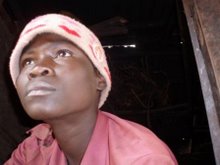
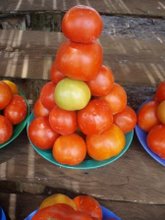
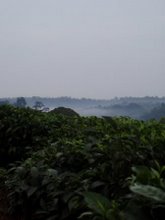
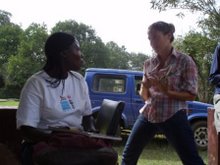
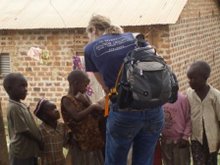
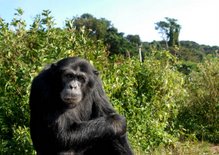


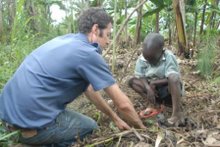
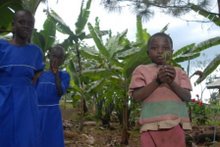
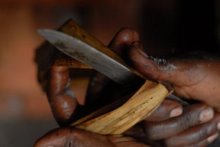
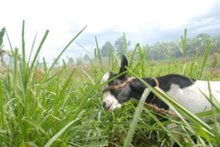
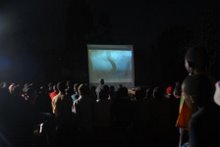
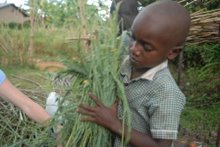
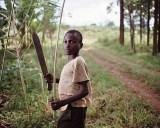
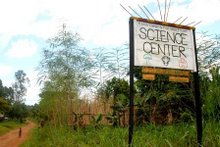
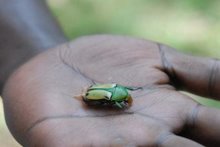
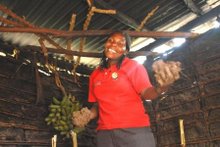
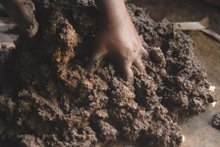
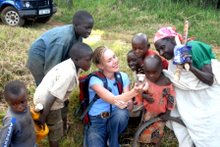
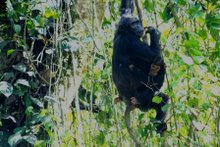
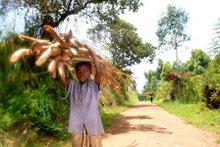
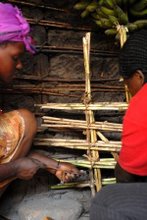
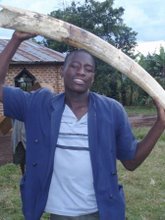
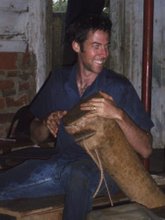
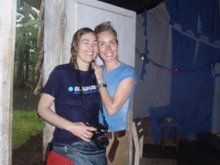
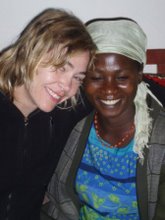
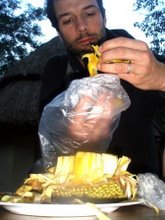

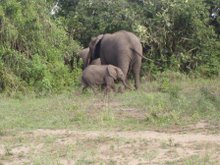
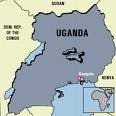

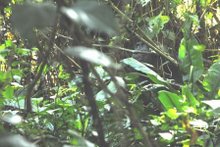
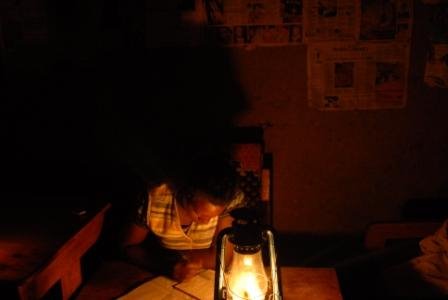
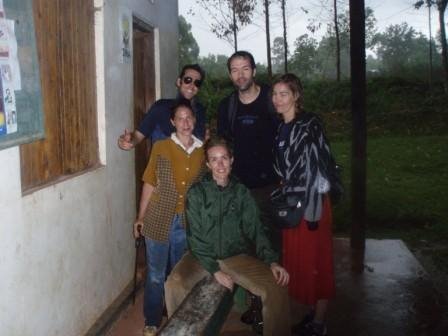
No comments:
Post a Comment